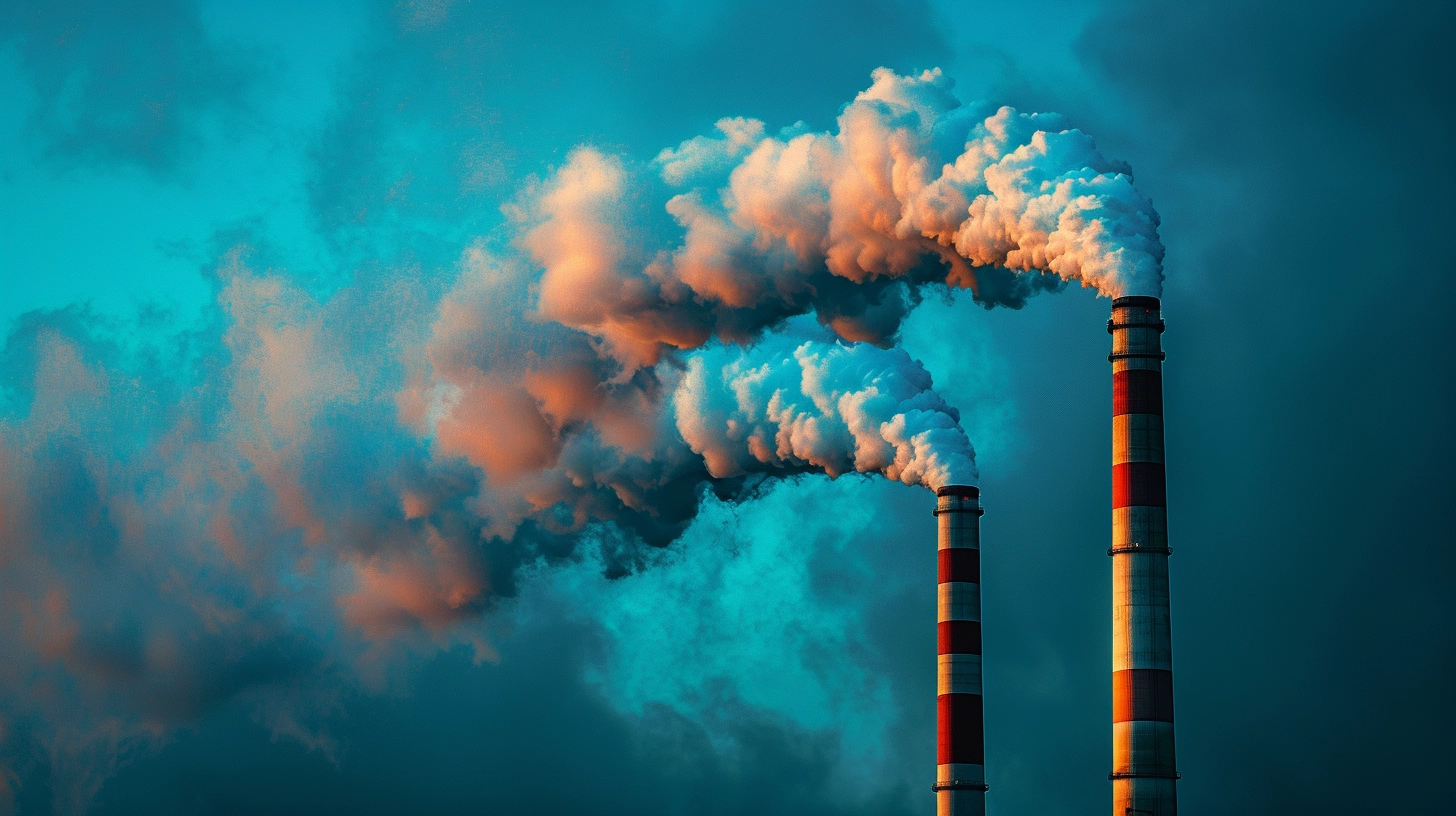What is Carbon Capture and how is carbon stored underground?

In the face of escalating global warming and climate change, carbon capture and storage (CCS) emerges as a critical technological solution. In this blog post, we provide a comprehensive overview of what carbon capture is, how it works, and the methods employed in storing carbon underground, highlighting its significance in our collective effort to combat climate change.
Understanding Carbon Capture: The First Step in a Crucial Process
Carbon capture refers to the process of trapping carbon dioxide (CO2) emissions from sources like power plants and industrial facilities, or directly from the atmosphere. The main objective is to prevent large quantities of CO2, a potent greenhouse gas, from entering the atmosphere and exacerbating global warming.
Methods of Carbon Capture
There are three primary methods of carbon capture:
- Pre-Combustion Capture: This involves removing CO2 from fossil fuels before they are burned. Gasification of these fuels results in a mixture of hydrogen and CO2, from which CO2 can be separated.
- Post-Combustion Capture: This is the most common method and involves capturing CO2 from flue gases after the fossil fuel (coal, oil or gas) has been burned.
- Direct Air Capture: This technology captures CO2 directly from the atmosphere. Though promising, it is currently more expensive and energy-intensive than the other methods.
How Carbon Capture Works: A Technical Insight
The carbon capture process varies based on the method used, but typically involves several stages:
- Absorption/Adsorption: CO2 is absorbed by a liquid solvent or adsorbed onto a solid material.
- Compression: The captured CO2 is compressed to a liquid-like state to facilitate transportation.
- Purification: Impurities are removed from the CO2 stream to prevent issues during transportation and storage.
Transportation to Storage Sites
Once captured and processed, CO2 is transported, usually via pipelines, to storage sites. These sites are typically located where geological formations are suitable for long-term storage of CO2.

The provided image is a creative illustration intended for conceptual understanding. It is not a realistic depiction of the carbon capture and storage process.
Underground Storage of Carbon: Securing CO2 Away from the Atmosphere
Underground storage of carbon, also known as geological sequestration, involves injecting CO2 deep underground into rock formations. These formations are typically located several kilometers below the Earth’s surface and are chosen based on their ability to securely contain CO2 for thousands of years.
Types of Geological Formations for Storage
- Depleted Oil and Gas Fields: These are the most common storage sites, as they have already been explored and their geology is well-understood.
- Deep Saline Formations: These are porous rock formations filled with brine, located deeper than most oil and gas reserves.
- Unmineable Coal Seams: Injecting CO2 into these coal seams can also help in methane recovery.
The Storage Process
- Injection: CO2 is injected into the chosen geological formation. The depth ensures that CO2 remains in a supercritical state, a dense fluid state, which requires less space for storage.
- Monitoring: After injection, the site is monitored using various technologies to ensure that the CO2 does not escape and to assess the effectiveness of storage.
- Risk Management: Potential risks, such as leakage or seismic activity, are managed through careful site selection, ongoing monitoring, and contingency plans.
The Role of Carbon Capture and Storage in Climate Change Mitigation
CCS is crucial in the fight against climate change for several reasons:
- Reduction of Greenhouse Gas Emissions: It enables significant reduction in CO2 emissions from heavy industries and power generation.
- Complementing Renewable Energy: CCS works alongside renewable energy sources by providing a solution for industries where carbon emissions are harder to reduce.
- Potential in Negative Emissions: When combined with biomass (bio-CCS), it can result in negative emissions, effectively removing CO2 from the atmosphere.
Economic and Regulatory Aspects
The deployment of CCS technologies is influenced by economic and regulatory factors:
- Cost Implications: The high cost of CCS technology is a significant barrier to its widespread adoption.
- Policy Support: Government policies and incentives play a crucial role in promoting CCS. For instance, carbon pricing can make CCS more economically viable.
Challenges and Future Prospects
Despite its potential, CCS faces several challenges:
- Technological Hurdles: Continued research and development are needed to enhance efficiency and reduce costs.
- Public Perception: Concerns about leakage and long-term storage safety need to be addressed to gain public support.
- Infrastructure Development: Building the necessary infrastructure for large-scale CCS deployment is a massive undertaking.
Looking ahead, advancements in technology and supportive policies could make CCS a cornerstone in global efforts to reduce carbon emissions. With increasing awareness and investment, the future of CCS looks promising.
Conclusion: Embracing Carbon Capture and Storage for a Sustainable Future
Carbon capture and underground storage offer a viable solution for reducing greenhouse gas emissions, particularly from industrial sources that are challenging to decarbonize. While it’s not a silver bullet, CCS is an essential tool in the arsenal against climate change. By investing in and improving these technologies, we can make significant strides towards a more sustainable and greener future.
In conclusion, as we grapple with the pressing need to address climate change, technologies like carbon capture and storage emerge as beacons of hope. They represent our commitment to innovation and sustainability, paving the way for a world where economic growth and environmental stewardship go hand in hand.